D-Cube City Shopping Mall
I went to this shopping mall a while ago with a friend. D-Cube is one of the newer shopping malls in Seoul and has the usual mix of shops, restaurant and cafes with occasional events to keep the customers entertained.
Obviously, D-Cube is more a place to do window shopping rather than buying clothes and accessories. It is not the cheapest place to shop although there is a Uniqlo at D-Cube too.
The Japanese company Mori Building Group took part in the development of D-Cube City. It opened in September this year.
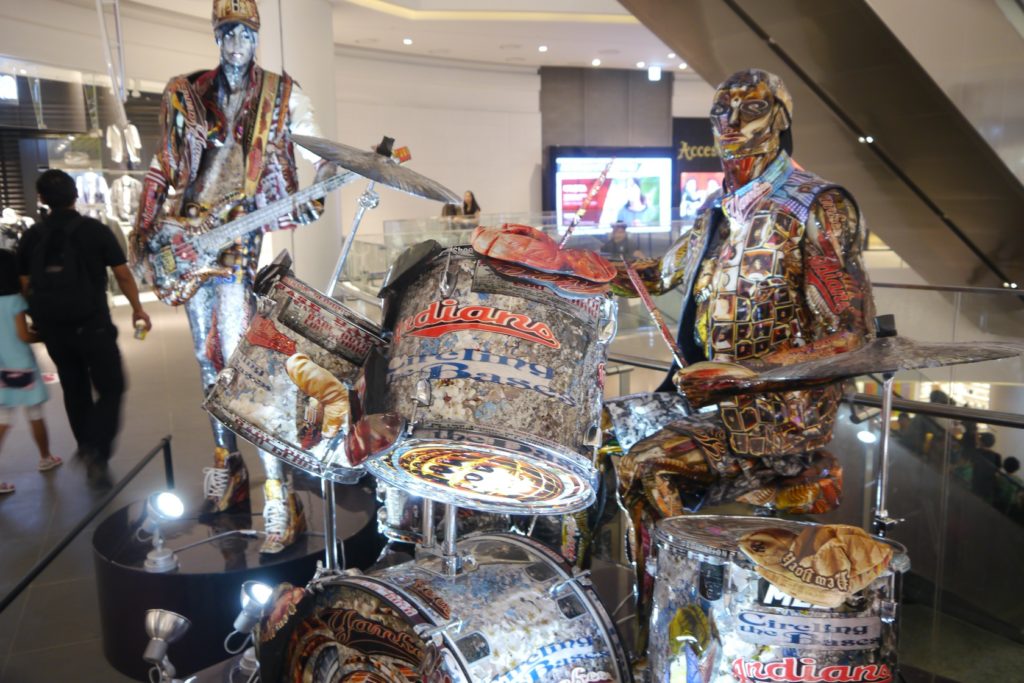
There is a book cafe at D-Cube, the first book cafe I’ve ever been to. It’s a normal cafe but with hundreds of books. Don’t expect a foreign language section though. Of course they had picture books as well.
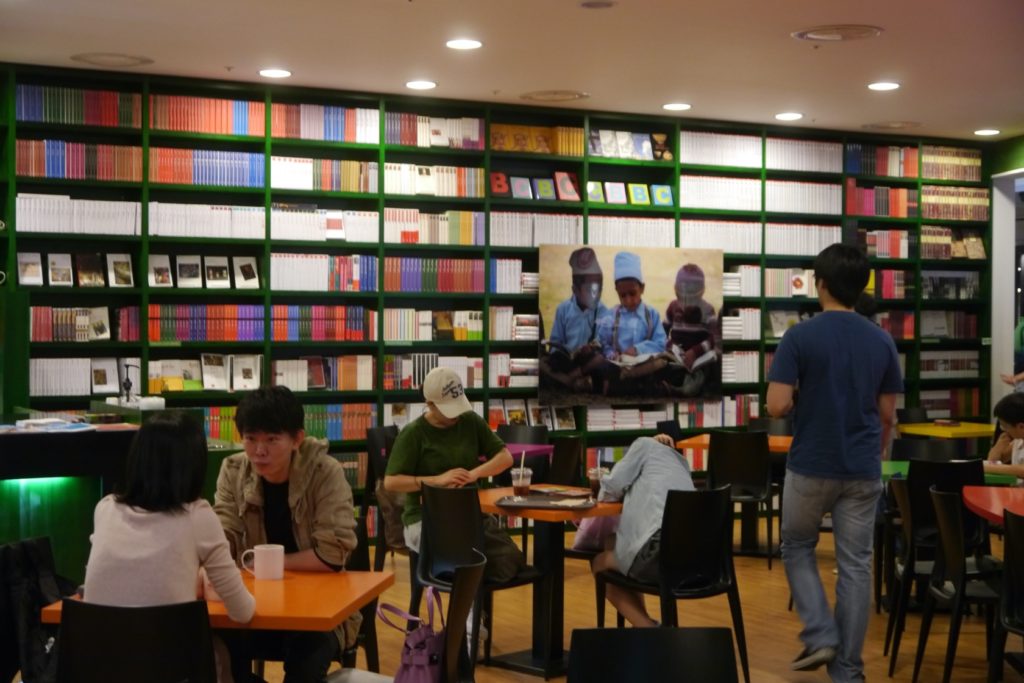
Also interesting is this restaurant. It is obviously as new as everything else in the shopping mall but they tried to imitate the traditional style. Doesn’t work very well since traditional restaurants are not that big but the food was ok.
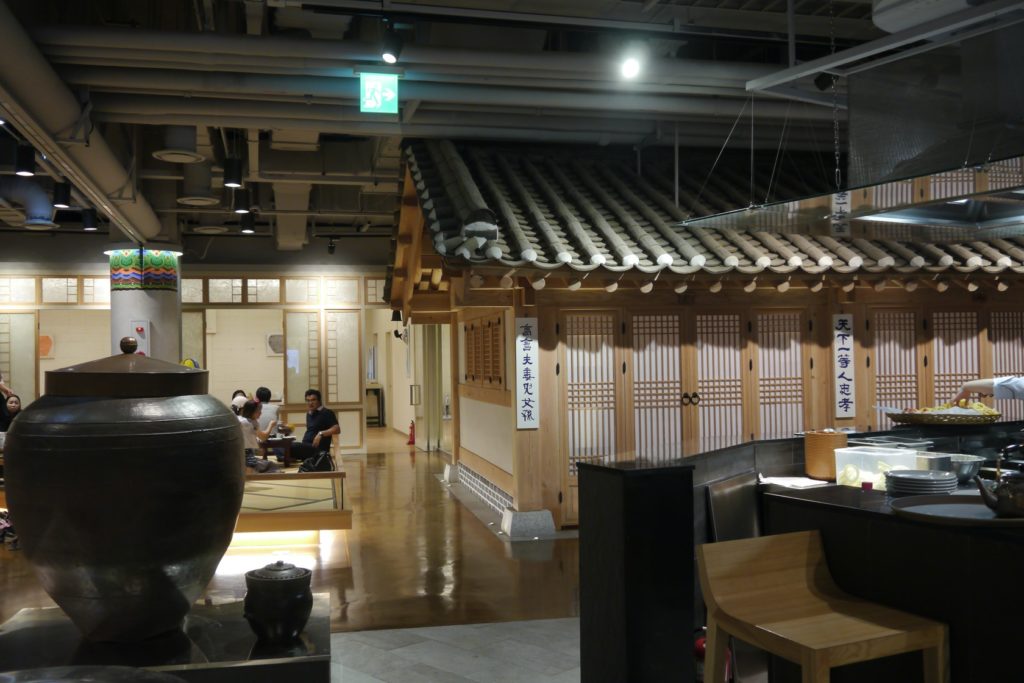
Seeing all those shopping malls it’s amazing that people spend enough money to keep them all going. Let’s not forget that there is internet shopping too and that Seoul is not the most popular tourist destination. However, not all malls are successful: I’ve been to malls in Hongdae and Sinchon which had very few shops and only a cinema attracting visitors. In another, a trick art exhibition was spread out over three floors – an odd way to use the space.
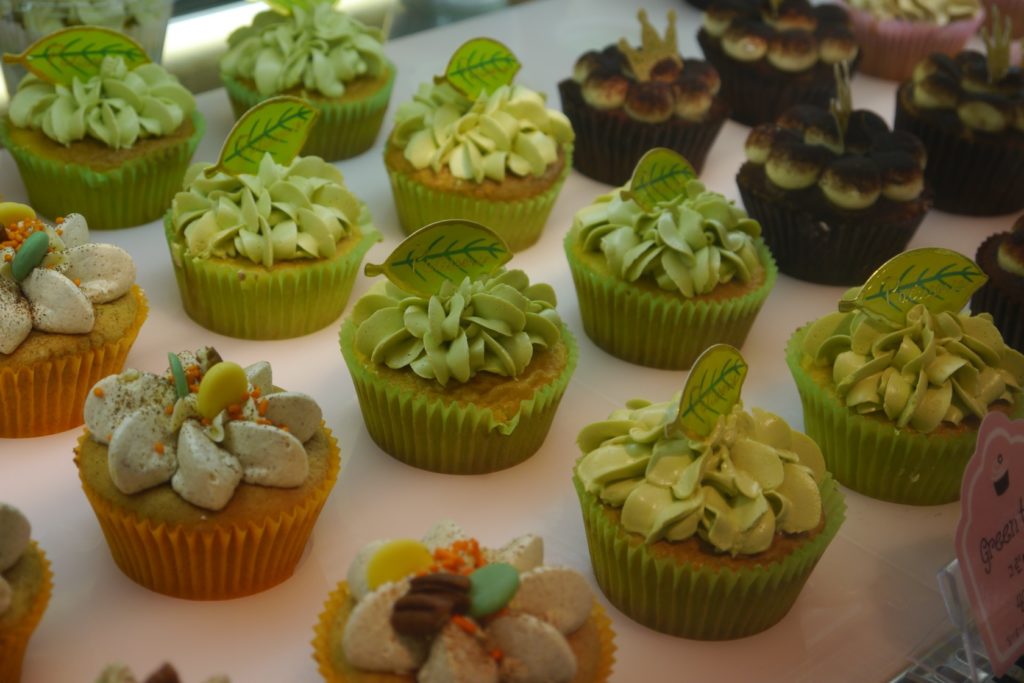

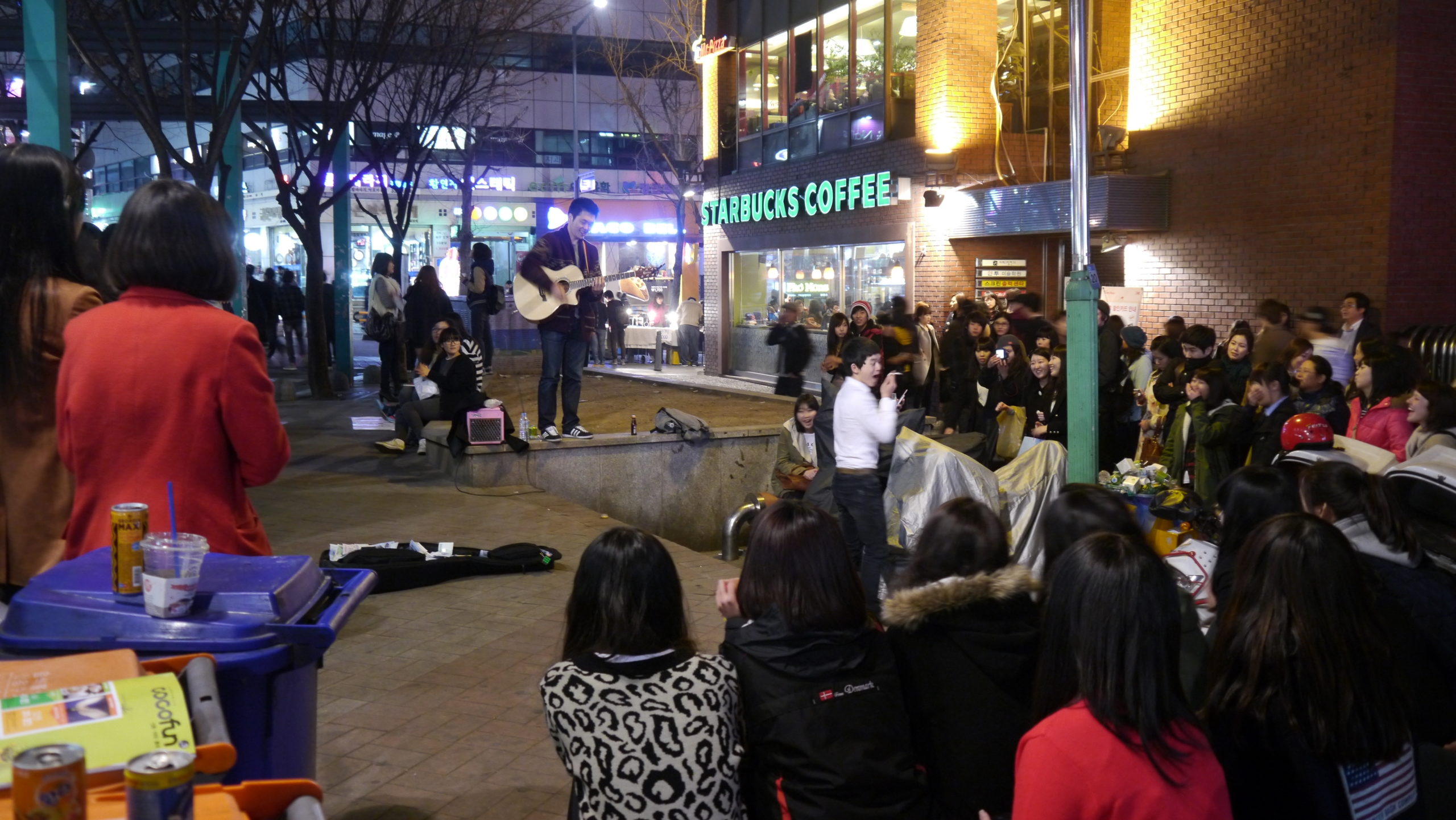
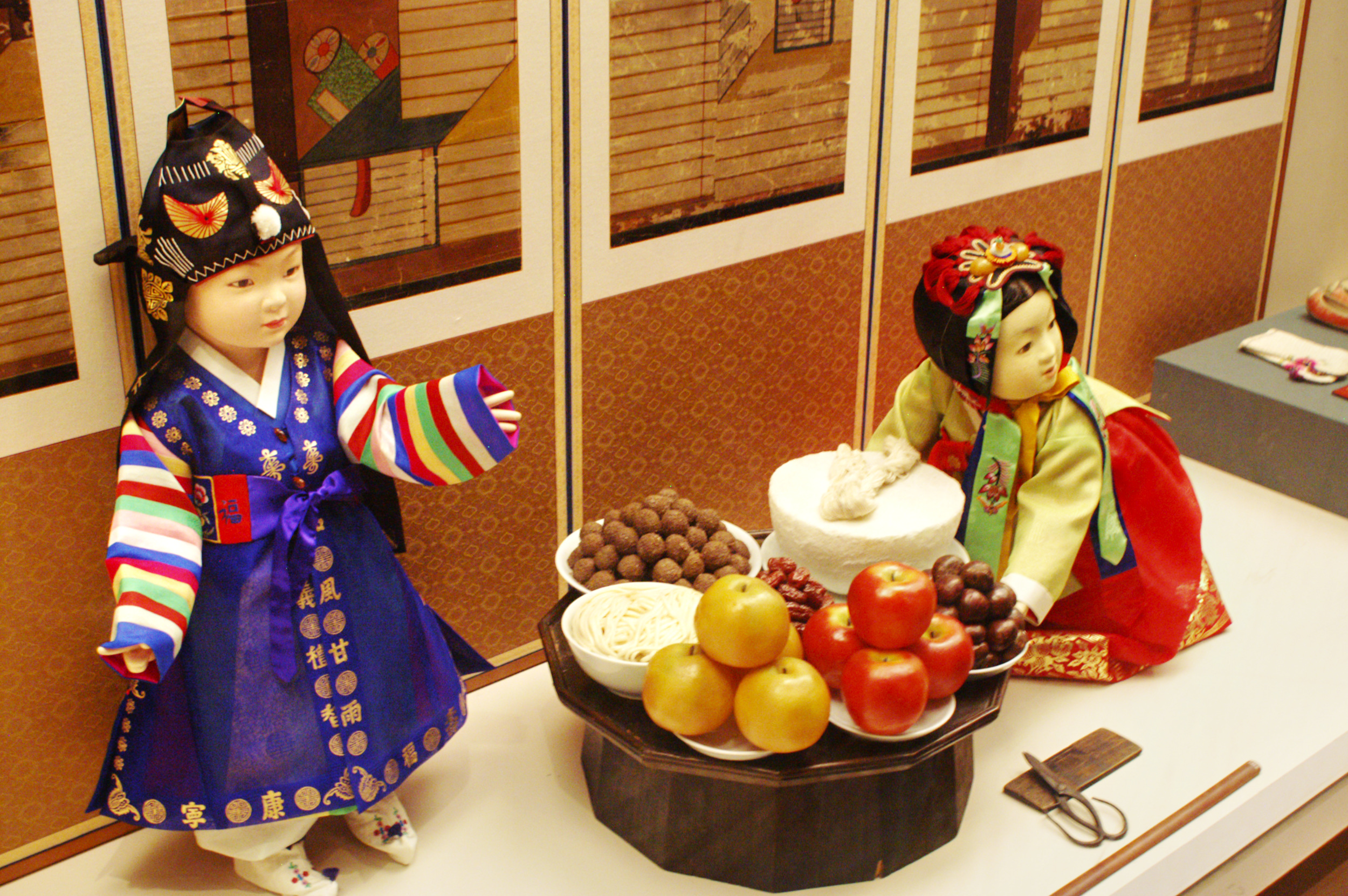
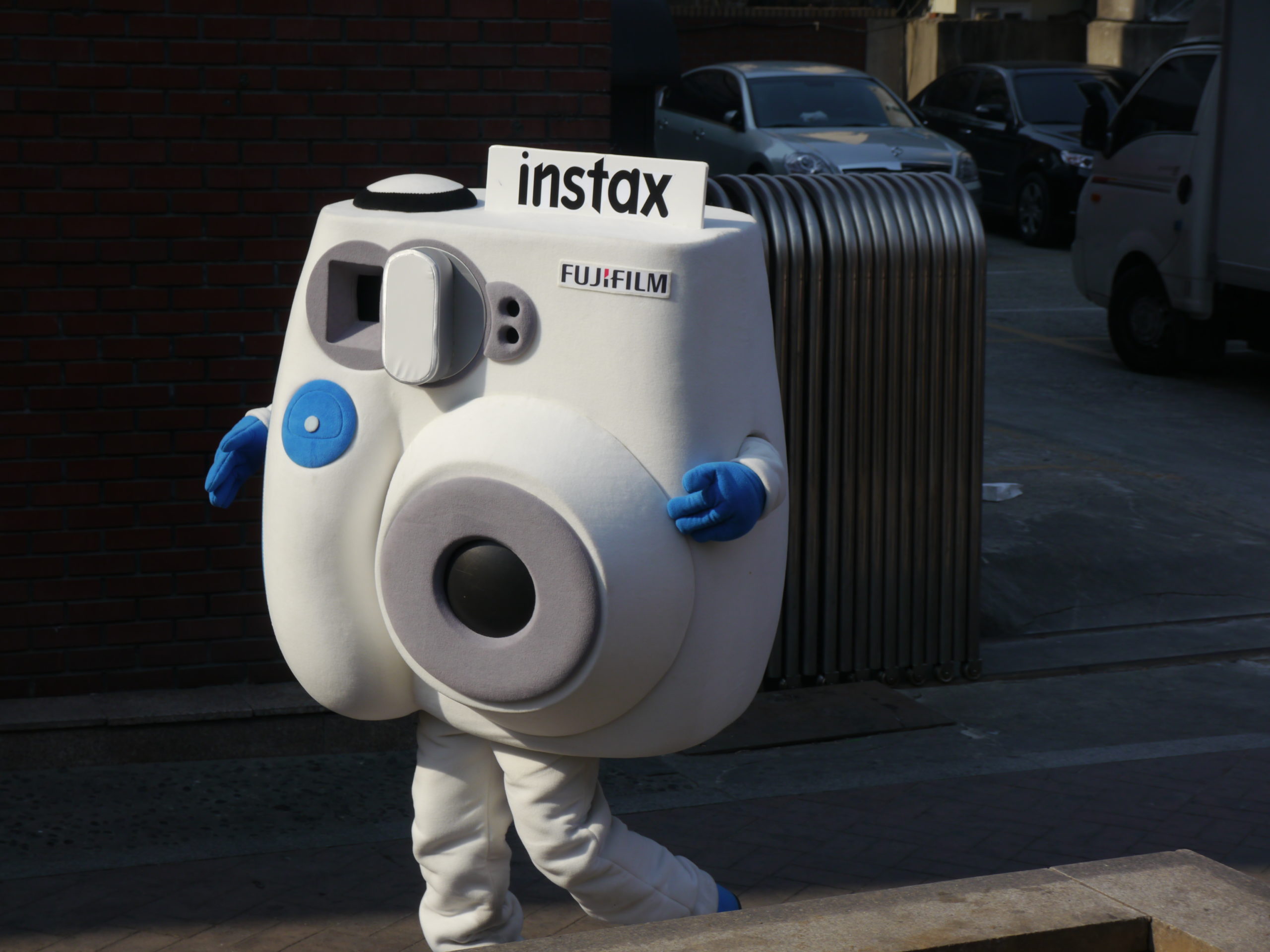
Those weren’t “malls” you visited in Shinchon and Hongdae. Those were failed “markets,” leftovers from a different period in Korea’s retail history.
Back in the 1990’s, Koreans liked expensive branded goods, and Korean fashion labels flourished. The so-called “IMF” Asian financial crisis of 1997-1998 changed all that, however. Large numbers of brands and department stores went under.
As Korea began to recover, at the turn of the new millenium, new shopping habits emerged. Consumers began to turn to lower-priced, no-name goods, and Dongdaemun boomed, leading the way. Migliore was one of the leading “market-type” shopping centers, defined by its small stalls operated by independent merchants selling unbranded merchandise, and they began to open branches outside Dongdaemun, expanding all over the city and country. Imitators followed suit.
This aggressive expansion, however, coincided with major shifts in Korea’s retail landscape in 2003-2007. On the one hand, the hypermarket retail model arrived. E-Mart and Lotte Mart quickly came to dominate the market for lower-priced staple items. Meanwhile, “fast fashion” brands like Uniqlo, Zara, Forever 21, H&M, etc. exploded onto the scene.
The “markets” had a few drawbacks. First, design. One of the fundamental principles of retail design is clear sight lines – the customer should be able to clearly see the retailers and goods on offer; hence, the global popularity of atrium-type designs. However, the “market-malls” were typically gigantic, windowless boxes with perplexing, labrynthine interiors.
Second, the goods on offer: one tended to find kiosk after kiosk after kiosk of roughly the same wares.
Lastly, the merchants at “market-type” shopping centers eschewed fixed, marked prices in favor of negotiation and bargaining. These merchants tended to be annoyingly slimy and fast-talking, and most Koreans I talked to were put off by the whole experience of dealing with them. You had to ask merchants to hand you an item just to look at it, and then the interaction would typically go something like: “How much is this?” “Oh, THAT? That one, hmmm… [furrowed brow, sucking sound] …See, that one right there, that one’s gonna be a little bit expensive. Made in Korea! Best quality!” Ad nauseum. It was often difficult to try on items, and returns or exchanges were usually impossible.
The crux of the issue was this: why were Koreans going endure this kind of retail experience for no-name items of questionable quality when they could now buy branded items in pleasant surroundings for the same or LESS money?! Naturally, they wouldn’t and didn’t.
The final nail in the coffin of the “market-type” shopping centers was overexpansion. Too many were built in the wrong places at the wrong time. The ones outside Dongdaemun and Myeong-dong never had a chance: at Ewha Women’s University, Shinchon, and Hongdae, they weren’t even able to attract enough merchants to fill even 50% of their retail space. They felt empty and desolate from the time they opened their doors, and customers never materialized. Even in Dongdaemun, a couple of shopping centers completed around 2009 still have yet to open their doors. While I don’t know their individual circumstances, it’s clear that the market is simply saturated.
Meanwhile, actual “malls” in Korea with franchised and name-brand shops are a recent phenomenon. COEX was the first, followed by Central City in 2002, but I would say that Times Square was the first truly world-class facility which follows international design principles.
In contrast, the “market-type” shopping centers you came across in Shinchon and Hongdae have been white elephants since their inception, as the tide continues to turn away from independent retailers and no-name merchandise.